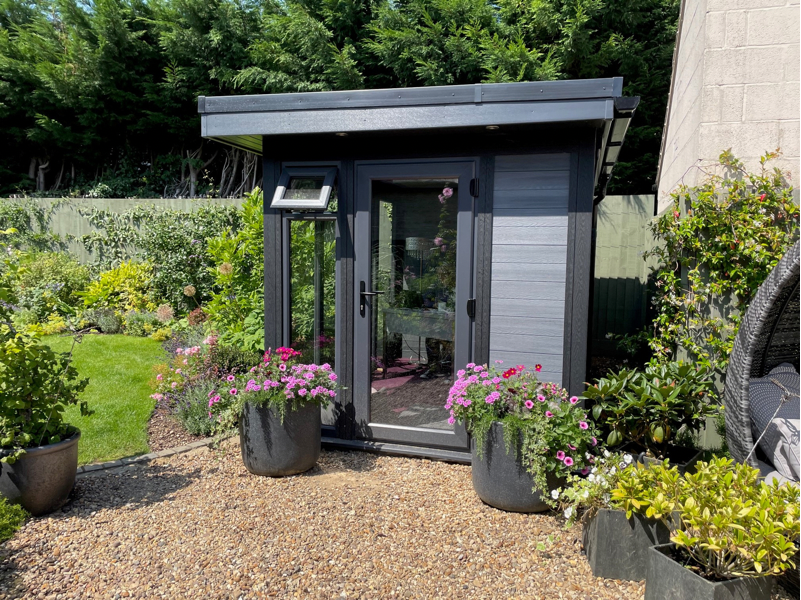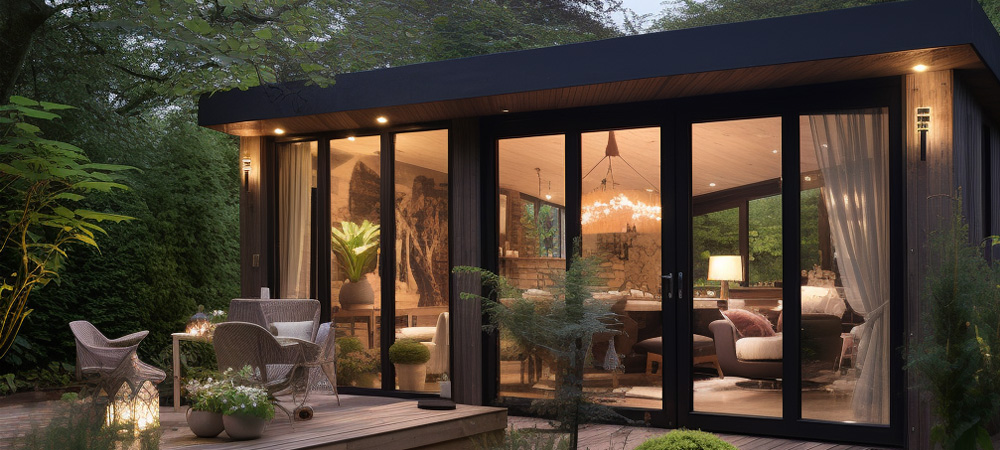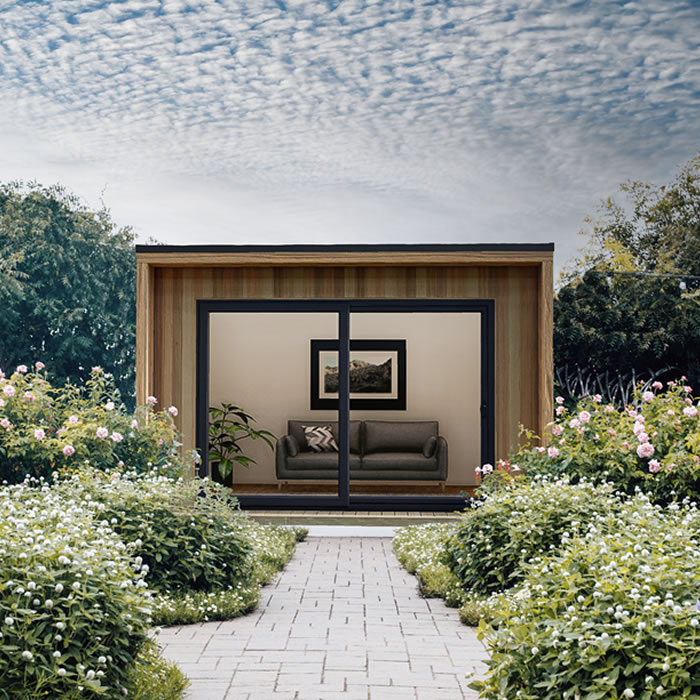New Facts On Planning Permission For Garden Conservatories
New Facts On Planning Permission For Garden Conservatories
Blog Article
What Type Of Planning Permission Will You Need To Construct Gardens In Conservation Areas?
Specific restrictions are in place to ensure the beauty and character of conservation areas. This includes conservatories, garden rooms or outhouses. Here are some important planning considerations in conservation areas.
In conservation areas planning permits are required for any construction or extension that is a allowed development. This applies to sheds, garden rooms, and outbuildings.
Size and Scale
If they affect the style or appearance of the region or the character of the area, any structure may require approval for planning. Buildings that are new or extensions to designated areas are subject to stricter rules.
The property's location:
The majority of the time, planning permission will be needed for any extension or building situated on the front and side of a house. The rear of structures could be required if they are is visible from public spaces or if they affect the overall appearance of the property.
Materials and Design:
It is essential to choose the right materials and designs compatible with the historic or architectural significance of the area. The materials used for any new build or extension must be in accordance with the historic or architecture interests of the area. These criteria will require planning permission.
Demolition:
The demolition of structures or portions of buildings including outbuildings, boundary walls, typically requires planning permission in conservation areas in order to make sure that modifications are in keeping with the local character.
Height Restrictions
In conservation areas, the height restriction is more stringent. Any structure taller than 2.5 meters, and especially within 2 meters of the boundary, must be subject to planning approval.
Impact on Surroundings:
Planning permission may be required if a proposed building extension, addition or change to the visual or setting of the conservation area is likely to have a negative impact on its appearance and surroundings.
Building use:
If an outbuilding or garden exceeds the dimensions the property may require planning permission due to the intended use (e.g. as an office space, studio or habitable room).
Changes to the original design:
Extensions that go beyond certain dimensions or volumes or change the exterior design of the building will generally require approval from the planning department. This includes conservatories and other significant changes.
Curtilage Structures:
In a conservation zone the structures within the perimeter of a listed property need approval from the planning department. This is applicable to all additions or modifications and also new outbuildings.
Trees protected by the Forest Service
The trees are protected in conservation areas. It is also possible to obtain additional approvals if your construction project impacts trees.
Local Authority Guidelines
The local planning authority may set specific guidelines or limitations for every conservation zone. They may include specific guidelines regarding what is permissible and what isn't, tailored to the unique characteristics of the particular area.
In summary, planning permission for a conservation zone needs an in-depth assessment of how the proposed conservatories, garden rooms, outhouses, garden offices, or extensions may affect the architectural and historical nature of the region. To ensure that your project meets all relevant regulations, it is vital to consult with your local authorities early in the design process. See the best how to do decking on grass for site recommendations including insulated garden rooms, garden room planning permission, garden rooms, insulated garden buildings, garden room heater, 4m x 4m garden room, Tring garden rooms, garden room permitted development, Tring garden rooms, garden room conservatory and more.
How Tall Is The Ceiling You Can Build An Outdoor Space?
In the case of building gardens, conservatories, outhouses, garden offices, or extensions, certain limitations on height will determine if permits for planning are required. The following are key height-related factors to consider:
The height of an outbuilding that is detached or extended should not exceed 4 meters when it is the roof being pitched in two pitches (such as the gable roof).
The maximum height for any other type of roof (flat single pitched, etc.) should not exceed 3 meters. ) The maximum height should not exceed 3 meters.
Proximity of boundaries:
The maximum height is 2.5 metres in the event that the structure is within 2 metres of the property boundary. This also applies to similar outbuildings like sheds, garden rooms or other similar structures.
Eaves Height
In any structure the maximum height of the eaves (the distance from the lowest point of the roof) cannot be more than 2.5 meters.
Conservatories and Extensions:
The maximum height for an extension of one story is 4 meters. This is inclusive of the parapet wall and roof.
Side Extensions:
The side extensions can only be 4 meters tall and cannot surpass the width of half of the original house.
Special Roofs:
Flat roof structures are generally restricted to a maximum height of 3 meters.
Additional restrictions on certain areas
In areas of outstanding natural beauty, conservation areas and other zones that are designated, there may be stricter height restrictions and approval for planning required for structures which would normally fall under the permitted development rights.
Buildings within National Parks
National Parks, like designated areas, may be subject to height restrictions that require approval for planning.
Roof Design:
Consider the roof's height without chimneys, antennas, etc. Consider the height. If the highest point exceeds allowed development limits Planning permission will be needed.
Neighbours are too
Even if you're within the permitted height and width, a permit for planning may be required to construct a structure if they have affected the privacy, view or light of adjacent properties.
Maximum Overall Height
The height of the entire structure should not exceed 4 meters. For instance, a garden office with a dual-pitched roof cannot be higher than 4 meters at its highest point.
Platforms, Decking or Decking
The decking and platforms that are attached to the structure cannot elevate the level of the ground to more than 0.3 millimeters to avoid requiring permission for planning.
Always check with the local planning authority to learn about any modifications to regulations or specific rules. Even if the project is in the permitted development rights (PDR) local variations or property conditions may require permission to plan. View the top rated small air source heat pump for garden room for more recommendations including outhouse buildings, how to lay decking on soil, gym outhouse, garden rooms brookmans park, outhouse uk, garden office hertfordshire, costco garden room, garden rooms near me, costco garden room, costco garden room and more.
In Terms Of Agricultural Land What Kind Of Planning Permit Will You Need To Build Gardens And Other Structures?
Consider the following restrictions as well as planning permission requirements when you are building a garden space conservatory, outhouse, garden office or an extension to agricultural property. These are the most important aspects: Change of Use:
Land that is designated agriculturally is used for farming and similar activities. Changes in the use of this land to gardens or residential structures usually requires permission for planning. This is because it requires changes to its agricultural purpose.
Permitted Development Rights:
Land for agriculture often has different permitted development rights compared with residential land. In some cases, agricultural buildings may be erected with no planning approval. However, these rights, are only applicable to agricultural structures.
Size and Scale
The size and scale of the structure proposed will determine whether planning permission is needed. It is more likely that larger buildings, or those covering the entirety of the property, will require planning permission.
Impact on Agricultural Use
Planning permission will likely to be required if the proposed construction is disruptive to the agricultural uses of the land. This could include reducing available space for livestock and crop production.
Green Belt Land:
Additional restrictions are also imposed on land used for agriculture that is also designated Green Belt to help prevent urban sprawl. Typically, any new building located on Green Belt property requires planning approval, and must adhere to strict criteria.
Appearance and Design
The style of the structure and its style must blend in with the rural nature of the region. Planning permission ensures that the proposed structure does not negatively impact the landscape or visual amenity.
Environmental Impact:
Any building project on land used for agriculture must be considered in relation to the environmental impacts. The planning permission to build a new structure may require a detailed environmental assessment. This is to ensure it does not damage the ecosystems of the area or harm wildlife.
Distinction from structures
The proximity of the office or garden space to agricultural structures in the area could influence the planning requirements. Structures close to farm buildings are considered differently from structures that are located in open areas.
Access and Infrastructure:
Consideration should be given to the effect of the proposed structure on existing infrastructure, such as roads, waste management, and water supply. If you apply for planning permission The city will determine whether the infrastructure is able to support the building.
Use class order:
Planning law defines the use classes that are applicable to agricultural land. Changing the use class to accommodate non-agricultural structures often requires planning permission in order to ensure that the new usage is compatible with the local policy on planning.
Local Planning Policies:
Local planning authorities have specific guidelines for agricultural land. Local planning authorities have specific policies for agricultural land.
National Planning Policy Framework
In the UK, the National Planning Policy Framework provides guidelines for how land should be developed and utilized. Planning permissions for agricultural land are evaluated in the light of the NPPF. This focuses on the need for sustainable development and rural areas.
Planning approval is required for conservatories, extensions outhouses, garden offices or outhouses on land that is agricultural. This is because the land needs to be modified to meet local and national policies on planning. It is important to consult with your local authority in order to understand the specific requirements. Check out the recommended composite summer house for blog info including out house for garden, garden out house, ground screws vs concrete base, outhouse buildings, garden outhouses, outhouse for garden, insulated garden rooms, my outhouse, outhouses for garden, outhouse for garden and more.